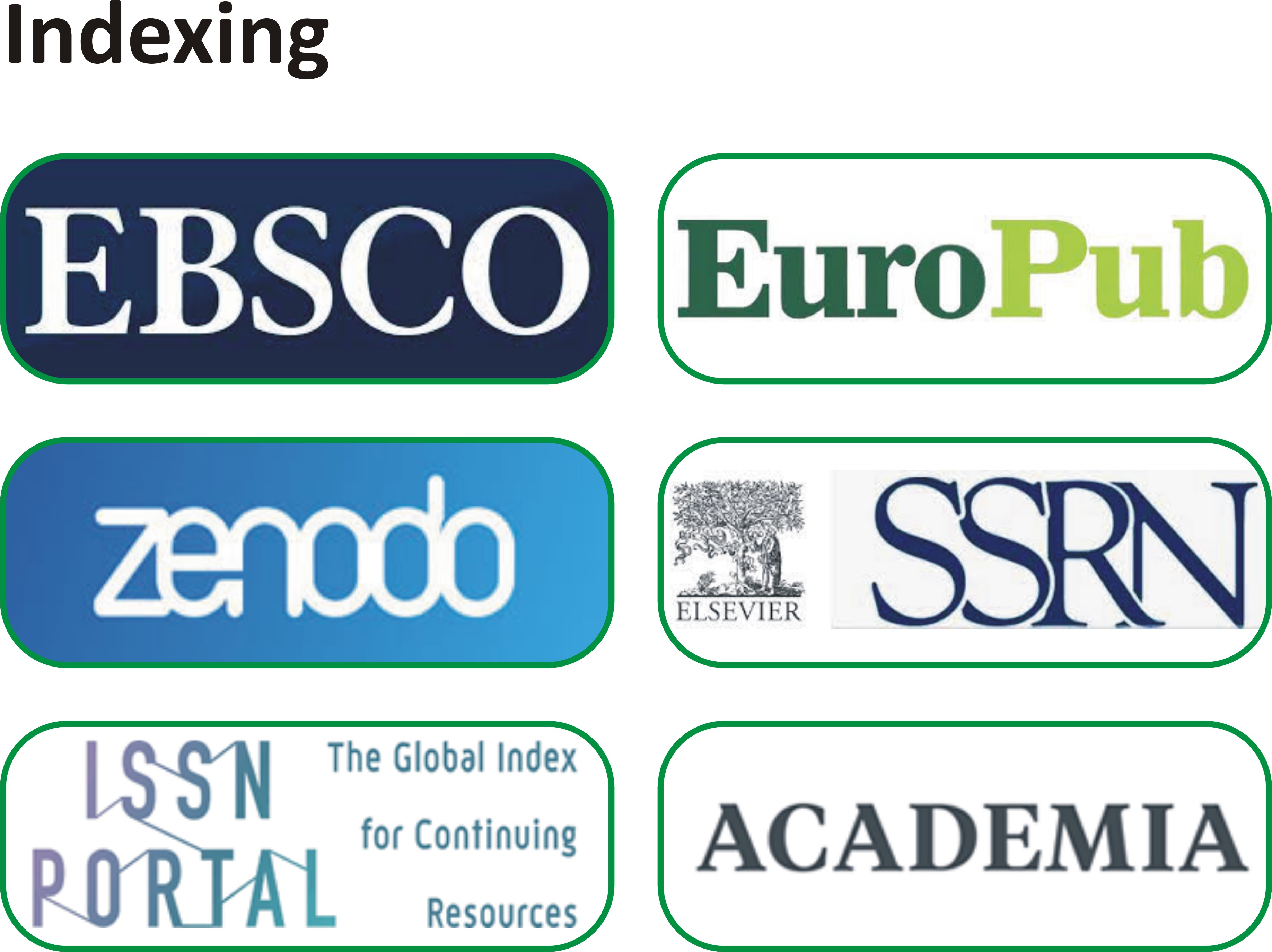Exploratory Analysis of Regional Disparities in Household Welfare Indicators in Pakistan: Do Spatial Effects Matter?
Abstract
Pakistan is spatially a diverse state in terms of location of its economic activities and regional disparities in various dimensions of development have been a vital concern in its history. The article aims to analyze the distribution of household welfare index across 97 districts of Pakistan through exploratory spatial data analysis for periods 2004-05 and 2014-15. For this purpose, an augmented Household Welfare index is constructed for measuring Household Welfare across districts. The index consists of consist of five indicators. Final index is obtained by aggregating these indicators through Principal Component Analysis (PCA). Findings of the study indicate positive global autocorrelation and thus indicating that a district with a high (low) is linked spatially with bordering districts which also have high (low) Household Welfare level. The results also display the HH quadrant in scatterplots of Household Welfare Index includes mostly districts of Punjab and KP, while LL illustrates a cluster of most districts from Interior Sindh and Baluchistan for both 2004-05 and 2014-15 periods. Overall, the findings demonstrate the twofold structure of Pakistan’s economic geography, as explained by most of the previous studies. Since geography of Household Welfare matters, it is recommended to reduce across districts inequalities by developing the social and economic institutions and infrastructure in the Baluchistan and interior Sindh.
Copyright Notice Submission of an article implies that the work described has not been published previously (except in the form of an abstract or as part of a published lecture or academic thesis), that it is not under consideration for publication elsewhere, that its publication is approved by all authors and tacitly or explicitly by the responsible authorities where the work was carried out, and that, if accepted, will not be published elsewhere in the same form, in English or in any other language, without the written consent of the Publisher. The Editors reserve the right to edit or otherwise alter all contributions, but authors will receive proofs for approval before publication. Copyrights for articles published in IJSSA journal are retained by the authors, with first publication rights granted to the journal. The journal/publisher is not responsible for subsequent uses of the work. It is the author’s responsibility to bring an infringement action if so desired by the author.



